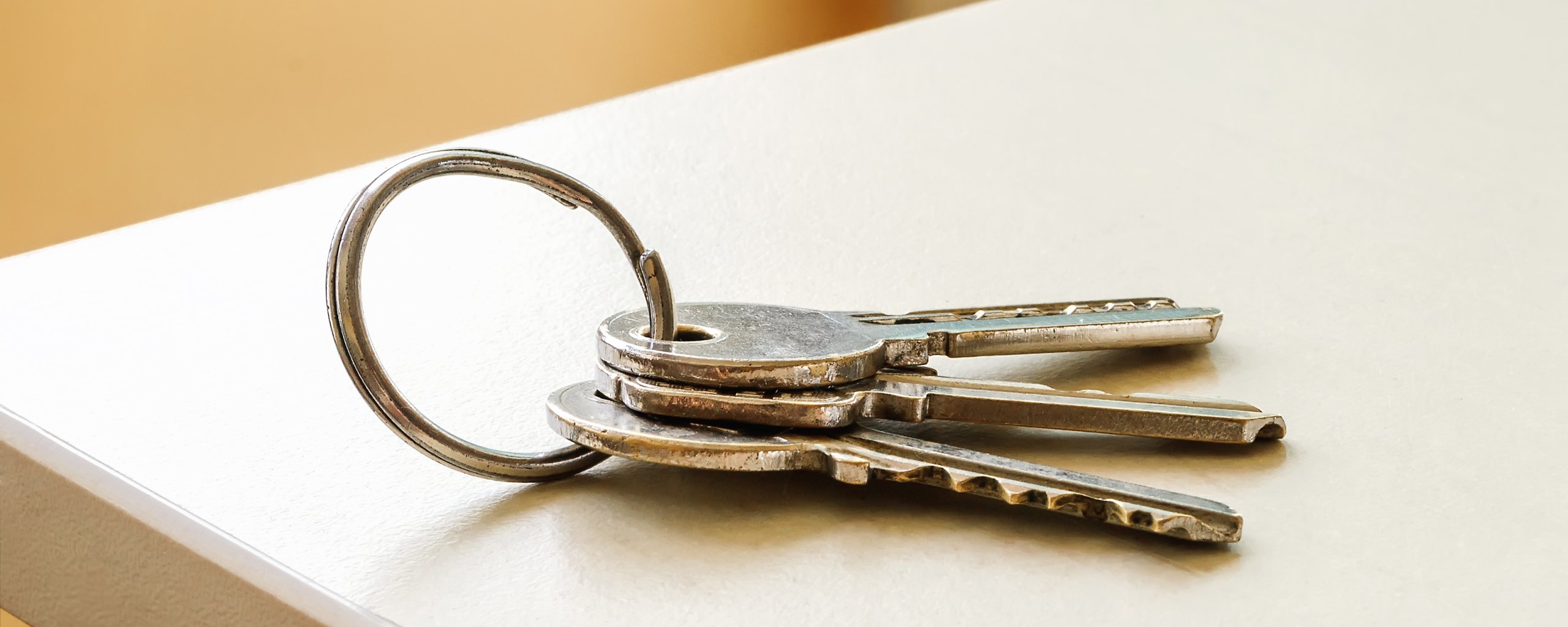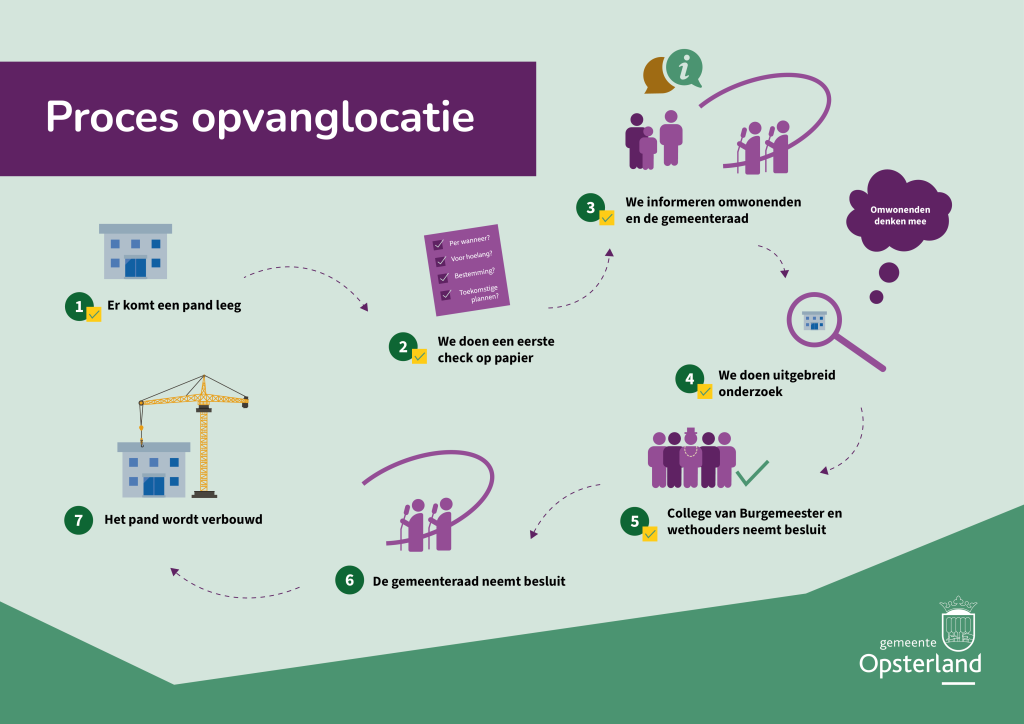Research flow-through location De Twirre
Last February 4, 2025, the Opsterland municipality organized an information meeting because we are going to investigate whether the vacant school building de Twirre could be suitable as a flow-through location. A flow-through location is a location where status holders can live temporarily while waiting for housing in the municipality of Opsterland or in a neighboring municipality.
Update 6-11-2025
What is the proposal now?
Opsterland Municipality investigated several possibilities. In addition, at the request of residents, a participation process was started. Local interests and a group of residents from surrounding streets spent four evenings participating and advising on what is important to consider for the village.
The proposal now is to convert the Twirre site into 12 apartments:
- 6 apartments for status holders
- 6 apartments for other house seekers
The 6 apartments for the status holders make up a flow-through location where 25 status holders can live temporarily. With the realization of the other 6 apartments, we meet the broader need for housing. The participation group also indicated the importance of housing. The 12 apartments and thus the flow-through location will exist for a maximum of six years. After that, the Twirre will be demolished.
The municipality uses these 6 years to make plans and prepare them.
On December 1, the City Council will discuss the mayor and aldermen's proposal. The proposal will be decided on Dec. 15.
Click here for the council proposal.
Explanation:
Flow-through location:
A place where status holders can live temporarily until they can get housing in the immediate region.
Status holder:
A person who has been granted a residence permit and is therefore allowed to stay in the Netherlands.
During the walk-in meeting on this topic on Feb. 4, Ureterp residents asked questions and expressed their concerns. We have compiled the questions and answers in this report.
Questions and answers about the study of De Twirre as a possible transit location
Do you have any questions?
You can submit your questions on this topic? Please send your message to huisvestingvluchtelingen@opsterland.nl.

